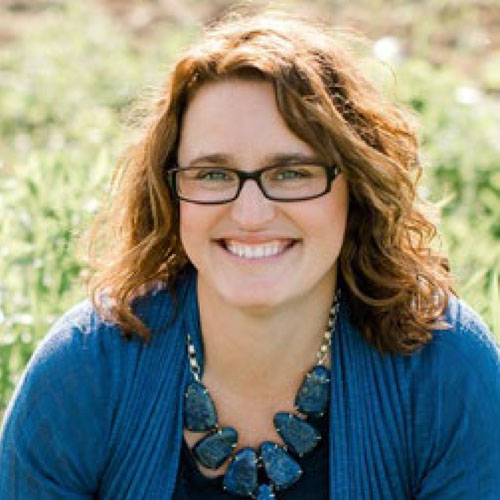Everyone, regardless of industry and scope of practice, works with people struggling to buy food.
By Clancy Cash Harrison
It is estimated that more than 42 million people in the U.S. are affected by the “hidden health crisis” of food insecurity — an epidemic driven by the stigma associated with food assistance programs and the lack of awareness by health care professionals. The most accurate reflection of food insecurity in America occurs when a person cannot afford to buy a steady supply of nutrient-rich food.
Nearly 50 percent of Americans live paycheck to paycheck, creating stress around healthy food access. Many working families consume enough food but their diet is high in calories, processed carbohydrates, hydrogenated oils (trans fat), sugar, and salt. Fruit, vegetables, nuts, protein, and fiber are rarely consumed thus increasing the risk of chronic disease such as diabetes and cardiovascular disease. It wasn’t until six years ago I made the connection between food security and my work.
I am a recovering food elitist.
My professional mission transformed as I began to understand how my assumptions and misconceptions perpetuated poor health outcomes. I jumped into health promotion without asking a critical question. I never asked if my clients had access to or could afford food. I assumed most people had made the opportunity to make a decision from the same choices as myself.
Like many, I bought into the stereotype of people who received government assistance — a stereotype that further perpetuates the stigma associated with food insecurity. I assumed anyone on food stamps — now known as SNAP — was a product of generational poverty and welfare. And of course, I associated welfare with people who were lazy, uneducated, and drug addicts.
Today, I work to challenge my past misconceptions and bust down the stigma associated with poor food access. I call it the Food Dignity® Project, a cultural collaborative that honors everyone’s right to nourishing foods at all times. Food dignity fosters a sense of pride while asking for help during a temporary hardship. The project shapes empathy. People who are food insecure feel supported, validated, and respected. Misconceptions based on perceptions and privileges live in the past.
With the right mindset and skillset, we can spread Food Dignity® Project and bust through the stigma associated with food assistance programs. It starts with all of us. Food access education should be a top priority in nutrition education, yet it is a topic that is rarely discussed.
Patients cannot follow a meal plan to manage or prevent chronic disease unless they have access to healthy food. Asking a patient about food access is the only way we know if someone is food insecure. Healthcare providers must screen all patients at all visits to normalize food assistance programs and reduce the stigma associated with food insecurity. If a person does experience food insecurity, their healthcare professional should be able to point them in the direction of resources that can help, such as the local food bank.
We all want to ensure everyone has access to healthy foods at all times. A big piece of this puzzle is making sure nuts are available, along with all food groups. The USDA has purchased nuts for food banks. Today’s food banks serve fresh produce, wholesome dairy, eggs, poultry, beef, pork and from time to time, nuts. Research locations of local food banks so you can pass the information on to your patient or client.
If we can improve healthy food access, we’re going to have better outcomes all around. To learn how you can make a difference, join the Food Dignity® Project today- let’s improve access to healthy food for everyone at all times.
 Clancy Cash Harrison is an international and TEDx speaker, food dignity warrior, and registered dietitian. She challenges the way hunger or, more to the point, food insecurity- is approached in the United States. Clancy is the founder of the Food Dignity® Project and is the president of the Al Beech West Side Food Pantry.
Clancy Cash Harrison is an international and TEDx speaker, food dignity warrior, and registered dietitian. She challenges the way hunger or, more to the point, food insecurity- is approached in the United States. Clancy is the founder of the Food Dignity® Project and is the president of the Al Beech West Side Food Pantry.









